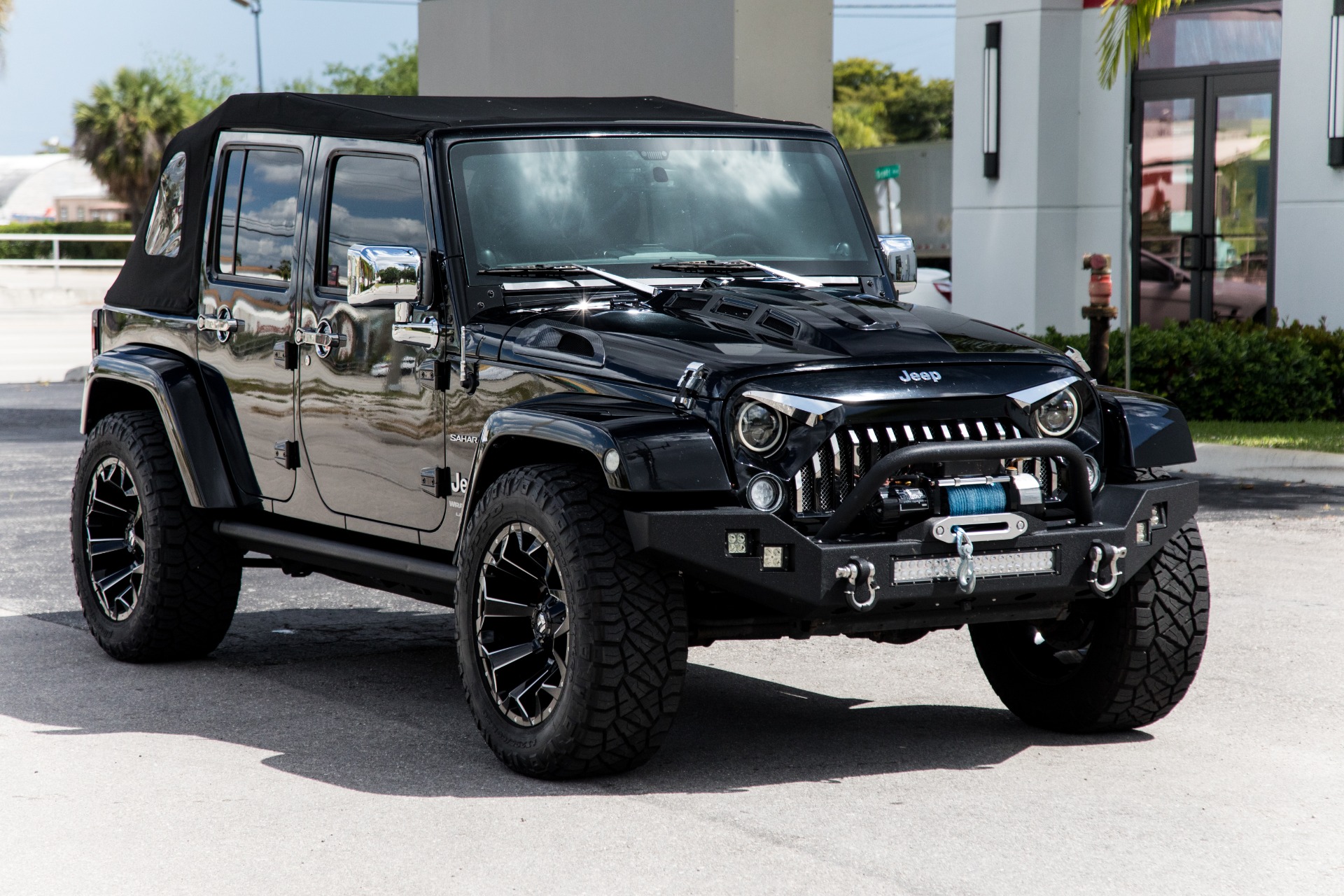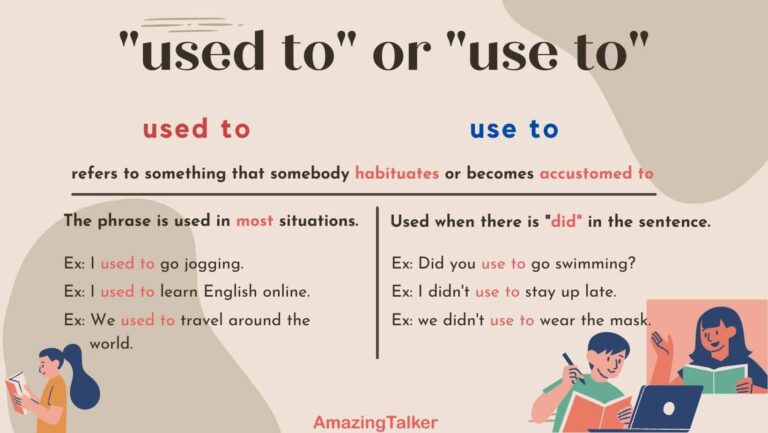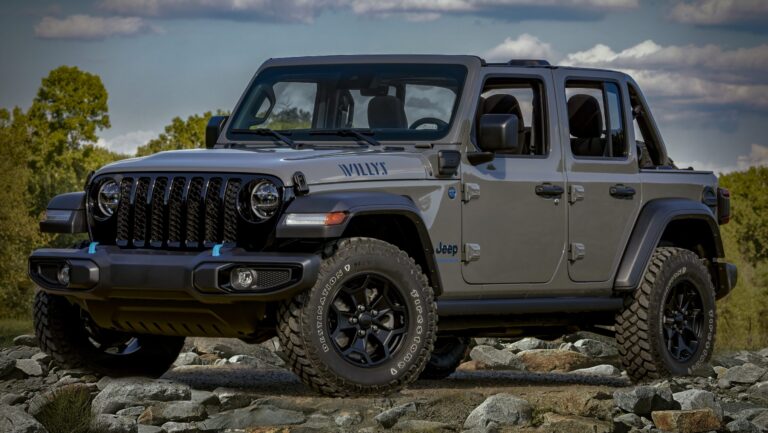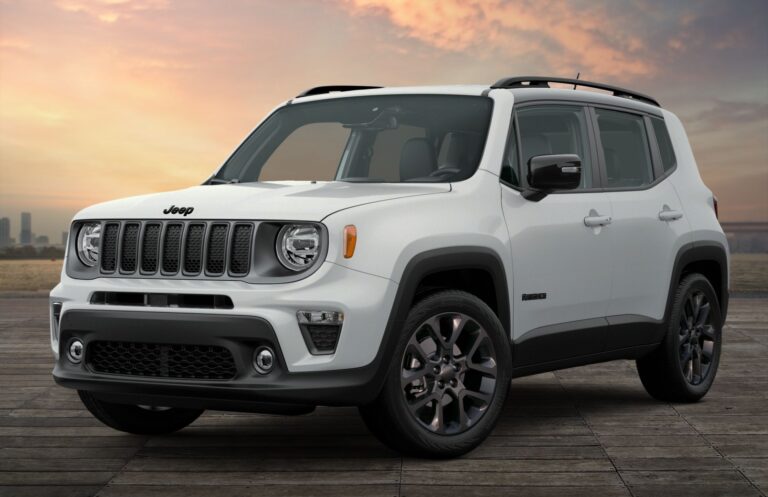Wrangler Jeep Old Model: A Timeless Icon of Adventure
Wrangler Jeep Old Model: A Timeless Icon of Adventure jeeps.truckstrend.com
The Jeep Wrangler is more than just a vehicle; it’s a statement, a lifestyle, and a symbol of unparalleled freedom. While modern iterations boast sophisticated technology and creature comforts, there’s an undeniable allure to the Wrangler Jeep Old Model. These earlier generations, particularly the YJ (1987-1995) and TJ (1997-2006), represent the purest essence of the Jeep spirit: rugged simplicity, legendary off-road capability, and a direct lineage to the original military Jeeps that served with distinction. For enthusiasts and adventurers alike, understanding and appreciating the Wrangler Jeep Old Model is to delve into the heart of an automotive legend that continues to captivate and inspire. They offer a unique blend of heritage, customizability, and raw capability that newer models, despite their advancements, often struggle to replicate. This article will serve as a comprehensive guide to exploring the charm, challenges, and enduring appeal of the Wrangler Jeep Old Model.
Wrangler Jeep Old Model: A Timeless Icon of Adventure
The Genesis of an Icon: Understanding the Early Generations
To truly appreciate the Wrangler Jeep Old Model, one must journey back to its roots, tracing its evolution from the utilitarian CJ series to the distinct YJ and TJ iterations.
The YJ (1987-1995): The "Square Headlight" Era
The YJ Wrangler was the first model to officially bear the "Wrangler" name, replacing the long-standing CJ series. Launched under AMC (and later Chrysler), the YJ marked a significant shift while retaining much of the CJ’s DNA. Its most defining characteristic, and often a point of contention among purists, was its square headlights – a departure from the traditional round lamps that had been a Jeep hallmark.
- Key Features: The YJ retained the leaf spring suspension on all four corners, offering robust durability and good articulation for off-road use, albeit with a stiffer on-road ride. Engine options included the 2.5L AMC 150 I4 and the venerable 4.2L AMC 258 I6, later replaced by the more powerful and reliable 4.0L AMC 242 I6 in 1991.
- Benefits: Simplicity of design, ease of maintenance, and a classic, no-frills appearance. Its leaf springs are robust and highly capable off-road.
- Challenges: The ride quality is rougher compared to later models, and it’s particularly susceptible to frame rust, especially around the shackle mounts.
![]()
The TJ (1997-2006): The Return of Round Headlights and Coil Springs
After a brief hiatus in 1996, the TJ Wrangler arrived in 1997, bringing with it a wave of refinements that significantly improved the Wrangler Jeep Old Model experience. The most celebrated change was the return of round headlights, pleasing traditionalists. More importantly, the TJ adopted a coil spring suspension at all four corners, directly derived from the Grand Cherokee (ZJ) platform.
- Key Features: The coil spring setup drastically improved ride quality, articulation, and handling, making the TJ a more comfortable daily driver without sacrificing its legendary off-road prowess. It continued with the reliable 2.5L I4 and 4.0L I6 engines. The TJ also introduced the iconic Rubicon model in 2003, featuring Dana 44 axles, front and rear lockers, and a 4:1 low-range transfer case, making it an off-road beast straight from the factory.
- Benefits: Superior ride comfort and articulation, a more refined interior, and the introduction of the highly capable Rubicon package. It strikes a fantastic balance between classic Jeep ruggedness and modern drivability.
- Challenges: While better than the YJ, frame rust can still be an issue, particularly in colder climates where salt is used on roads. Some common issues include "death wobble" (addressed below) and aging components.

Early JK (2007-2018): The Dawn of the Unlimited
While often considered a "newer" generation, the early JK models (2007-2011, before the interior refresh and new engine) can also be seen as a transition point into the "old model" category as the JL generation has now superseded it. The JK introduced the four-door Unlimited variant, a wider stance, and a more car-like interior. While it moved further away from the raw simplicity of the YJ and TJ, its initial 3.8L V6 engine was often criticized, making the older 4.0L TJ still highly sought after for its powertrain reliability.

Why Own a Wrangler Jeep Old Model? Benefits and Appeal
The enduring popularity of the Wrangler Jeep Old Model isn’t just nostalgia; it’s rooted in tangible benefits that continue to draw in new enthusiasts.
- Unmatched Simplicity & Repairability: Unlike modern vehicles laden with complex electronics, the YJ and TJ are relatively simple machines. This makes them easier and cheaper to diagnose and repair, often allowing for DIY maintenance and modifications.
- Affordability: The initial purchase price of a used Wrangler Jeep Old Model is significantly lower than a new one, making the dream of Jeep ownership accessible to a broader audience.
- Vast Customization Potential: The aftermarket support for these models is enormous. From lift kits and larger tires to heavy-duty bumpers, winches, and axle upgrades, the Wrangler Jeep Old Model is a blank canvas for personalization, allowing owners to tailor their vehicle precisely to their needs and aesthetic preferences.
- Classic Charm & Heritage: There’s an undeniable cool factor and timeless appeal to the design of older Wranglers. They embody the rugged, utilitarian aesthetic that defines the Jeep brand’s legacy.
- Legendary Off-Road Prowess: Straight from the factory, these Jeeps are incredibly capable off-road. Their short wheelbases, excellent ground clearance, and robust 4×4 systems make them formidable machines on trails, rocks, and mud.
- Strong Community: Owning a Wrangler Jeep Old Model means joining a passionate, supportive community. Online forums, local clubs, and trail rides offer invaluable resources, advice, and camaraderie.
Important Considerations Before Buying a Wrangler Jeep Old Model
Purchasing a Wrangler Jeep Old Model requires careful consideration. Here’s what to look for and think about:
- Rust, Rust, Rust: This is the biggest enemy of older Jeeps, especially in areas with road salt. Thoroughly inspect the frame (particularly near control arm mounts and skid plates), body mounts, floorboards, and rocker panels. Surface rust is manageable, but widespread or structural rust is a major red flag.
- Maintenance History: Ask for detailed service records. A well-maintained older vehicle will likely serve you better than one with an unknown history, regardless of mileage.
- Common Mechanical Issues:
- "Death Wobble": A violent, uncontrollable shaking of the front end, usually occurring at highway speeds after hitting a bump. It’s often caused by worn steering components (track bar, tie rods, drag link), worn ball joints, or improper alignment. It’s fixable but can be expensive if multiple components need replacing.
- Leaking Fluids: Check for oil leaks (especially rear main seal on 4.0L), transmission fluid leaks, and transfer case leaks.
- Suspension Components: Inspect bushings, shocks, and springs for wear.
- Engine Specifics: The 4.0L I6 is generally bulletproof but can develop oil leaks. The 2.5L I4 is reliable but less powerful.
- Safety Features: Old models lack modern safety features like multiple airbags, anti-lock brakes (ABS) on all trims, stability control, and traction control. Drive accordingly.
- Daily Driver Suitability: While capable, old Wranglers are not luxury cars. They are noisier, less fuel-efficient, and offer a less refined ride than modern vehicles. Be realistic about your expectations if it’s going to be your primary transportation.
Tips for Owning and Maintaining Your Classic Wrangler
Owning a Wrangler Jeep Old Model is a rewarding experience, especially with proper care and attention.
- Regular Inspections Are Key: Beyond routine oil changes, regularly inspect your Jeep for signs of rust, worn suspension components, fluid leaks, and tire wear. Pay close attention to the steering and braking systems.
- Preventive Maintenance: Adhere to or even exceed the recommended service intervals for fluid changes (engine oil, transmission, transfer case, differentials), spark plugs, and filters.
- Rust Prevention: If you live in a corrosive environment, consider getting your frame and undercarriage professionally undercoated. Regularly wash off road salt and mud, paying special attention to crevices where moisture can accumulate.
- Embrace DIY Repairs: Many common repairs and maintenance tasks on a Wrangler Jeep Old Model are straightforward enough for the home mechanic with a basic set of tools and a good repair manual (like Haynes or Chilton). This can save significant money.
- Join the Community: Leverage the vast knowledge base of the Jeep community. Online forums, Facebook groups, and local Jeep clubs are invaluable resources for troubleshooting, advice, and finding reputable mechanics or parts suppliers.
- Smart Modifications: If you plan to modify your Jeep, do your research. Prioritize functional upgrades that align with your intended use (e.g., lift kit and tires for off-roading, or just basic maintenance for a street cruiser). Ensure modifications are done correctly to avoid safety issues or accelerated wear.
Customization and Aftermarket for the Wrangler Jeep Old Model
One of the greatest appeals of the Wrangler Jeep Old Model is its unparalleled potential for customization. The aftermarket is brimming with parts designed specifically for the YJ and TJ, allowing owners to transform their vehicles.
- Lift Kits and Tires: This is often the first modification. Lift kits improve ground clearance and allow for larger, more aggressive off-road tires, which are crucial for enhanced traction.
- Bumpers and Armor: Aftermarket steel bumpers offer improved approach and departure angles, mounting points for winches, and better protection. Skid plates and rock sliders protect vital undercarriage components during off-road excursions.
- Winches: An essential recovery tool for any serious off-roader, a winch can pull your Jeep out of sticky situations.
- Lighting: Upgraded LED headlights, fog lights, and auxiliary lights vastly improve visibility for night driving or off-roading.
- Performance Upgrades: While less common for engine swaps on these models, upgrades like cold air intakes, exhaust systems, and regearing (changing differential gears to compensate for larger tires) can improve performance and drivability.
- Interior Enhancements: From upgraded seats and sound systems to practical storage solutions, the interior can be customized for comfort and utility.
When choosing modifications, always consider the quality of parts, proper installation, and how they will impact your Jeep’s handling, safety, and legality.
Table Price: Estimated Market Value for Wrangler Jeep Old Model (Used, Good Condition)
Please note: These prices are estimates for vehicles in good, roadworthy condition with reasonable mileage, and can vary significantly based on location, specific vehicle condition, modifications, mileage, and current market demand. Rust-free examples or highly modified rigs can command higher prices.
| Model & Years | Engine Options (Common) | Typical Price Range (USD) | Key Features / Notes |
|---|---|---|---|
| YJ (1987-1995) | 2.5L I4, 4.0L I6 | $5,000 – $15,000 | Square Headlights, Leaf Spring Suspension, Simple & Robust, Prone to Frame Rust, Iconic Classic. |
| TJ (1997-2006) | 2.5L I4, 4.0L I6 | $8,000 – $25,000 | Round Headlights, Coil Spring Suspension (Improved Ride), Better Articulation, Rubicon Trim (from ’03) commands premium, Strong Aftermarket. |
| TJ Rubicon (2003-2006) | 4.0L I6 | $15,000 – $35,000+ | Factory Lockers (F/R), Dana 44 Axles (F/R), 4:1 Transfer Case, Highly Capable Stock, High Demand. |
| Early JK (2007-2011) | 3.8L V6 | $10,000 – $22,000 | First 4-door Unlimited option, Wider Stance, More Refined Interior (compared to TJ), 3.8L engine less favored than 4.0L. |
Frequently Asked Questions (FAQ) about the Wrangler Jeep Old Model
Q1: Which is better: a YJ or a TJ?
A1: It depends on your priorities. The YJ is simpler, often cheaper, and offers a more raw, classic Jeep feel with its leaf springs. The TJ provides a significantly smoother ride and better articulation due to its coil spring suspension, making it a better daily driver and arguably more capable off-road in stock form. The TJ also has a more refined interior and the desirable Rubicon package.
Q2: Are old Wranglers reliable?
A2: Generally, yes, especially the 4.0L I6 engine, which is legendary for its durability. However, like any older vehicle, reliability depends heavily on previous maintenance and current condition. Expect to perform routine maintenance and address age-related wear and tear.
Q3: How much does it cost to maintain an old Wrangler?
A3: Maintenance costs can vary. Parts are generally affordable and widely available. If you do much of the work yourself, costs will be lower. Expect to spend a few hundred dollars annually on basic maintenance, potentially more if major components need replacing or if you’re addressing deferred maintenance.
Q4: Can I use an old Wrangler as a daily driver?
A4: Yes, many people do. However, be aware that they are noisier, less fuel-efficient, and offer a less comfortable and refined ride than modern vehicles. They also lack modern safety features.
Q5: What is "death wobble" and how do I fix it?
A5: Death wobble is a violent, uncontrollable oscillation of the front wheels, typically occurring at highway speeds after hitting a bump. It’s often caused by worn steering components (track bar, tie rod ends, drag link), worn ball joints, or improper alignment. Fixing it usually involves replacing worn parts and ensuring proper alignment.
Q6: Is rust a major problem for old Wranglers?
A6: Yes, rust is a significant concern, particularly for the YJ and TJ frames, body mounts, and floorboards, especially in regions that use road salt. Thorough inspection for rust is crucial before purchase. Preventive measures and timely repairs are essential for long-term ownership.
Conclusion: The Enduring Legacy of the Wrangler Jeep Old Model
The Wrangler Jeep Old Model, encompassing the YJ and TJ generations, stands as a testament to timeless design, rugged engineering, and a spirit of boundless adventure. These vehicles offer a unique blend of heritage, simplicity, and unparalleled off-road prowess that continues to captivate enthusiasts worldwide. While they may require more attention and tolerate fewer creature comforts than their modern counterparts, the rewards of owning and driving a Wrangler Jeep Old Model are immense: a direct connection to automotive history, a vast canvas for personalization, and membership in one of the most passionate automotive communities. For those seeking a truly authentic, go-anywhere vehicle that embodies the very soul of exploration, the Wrangler Jeep Old Model remains an irresistible choice, proving that some legends only get better with age.




